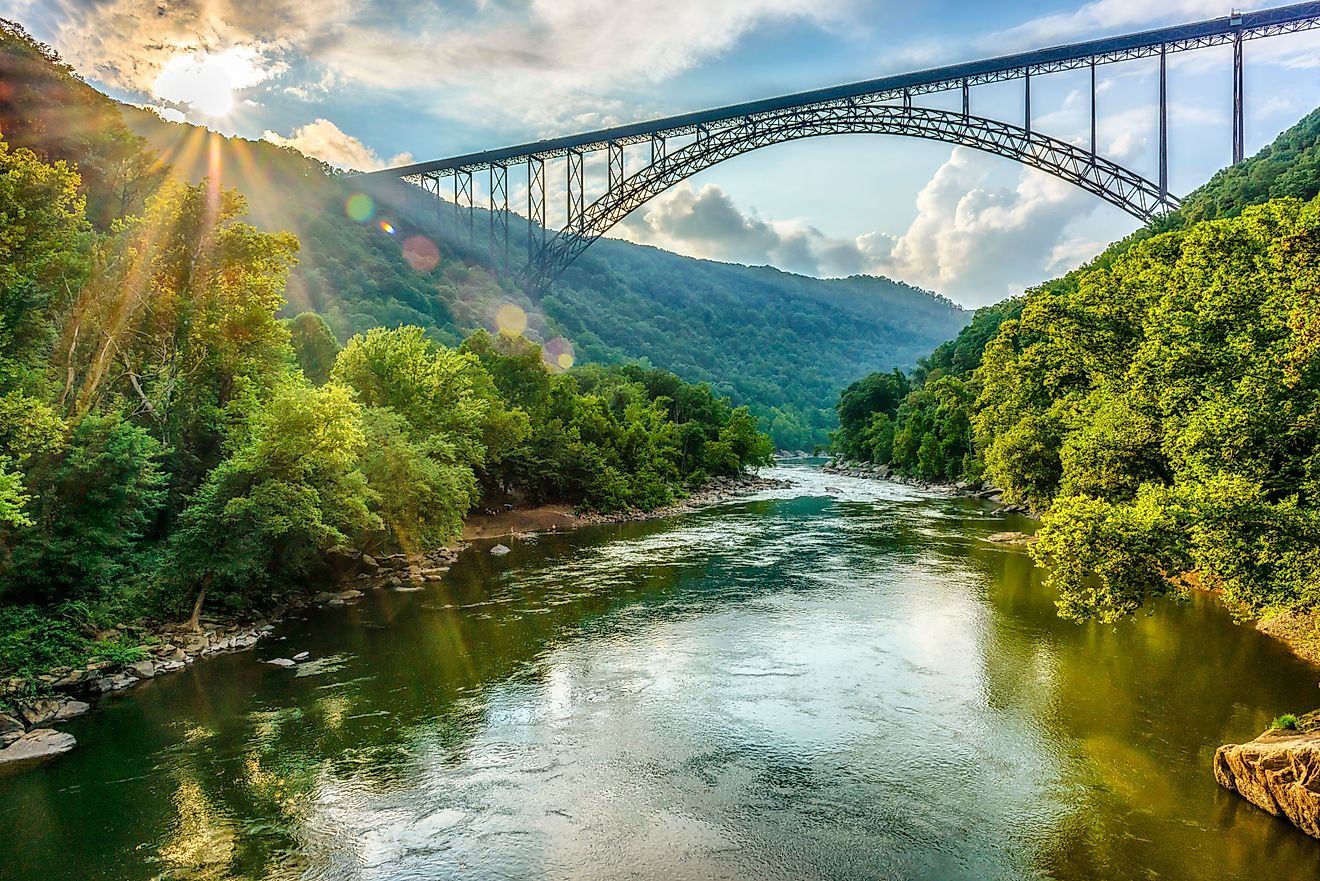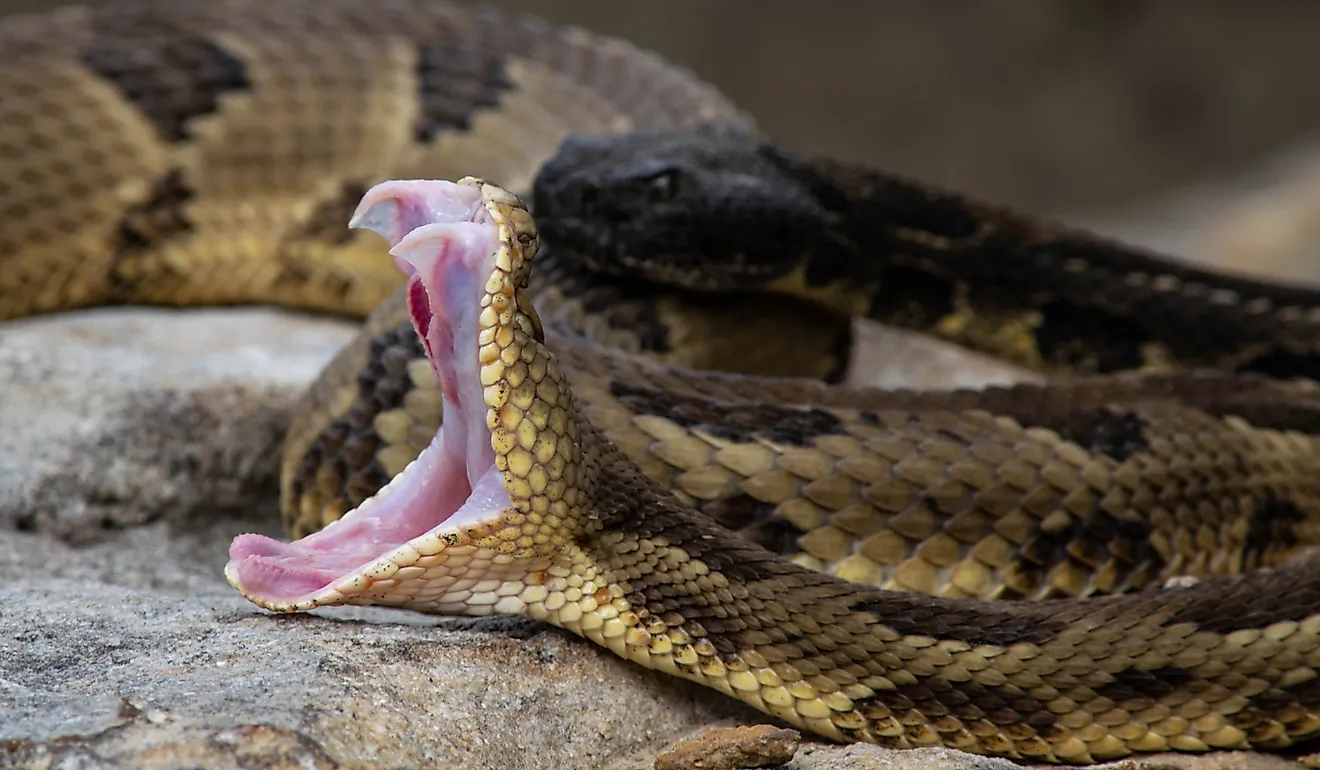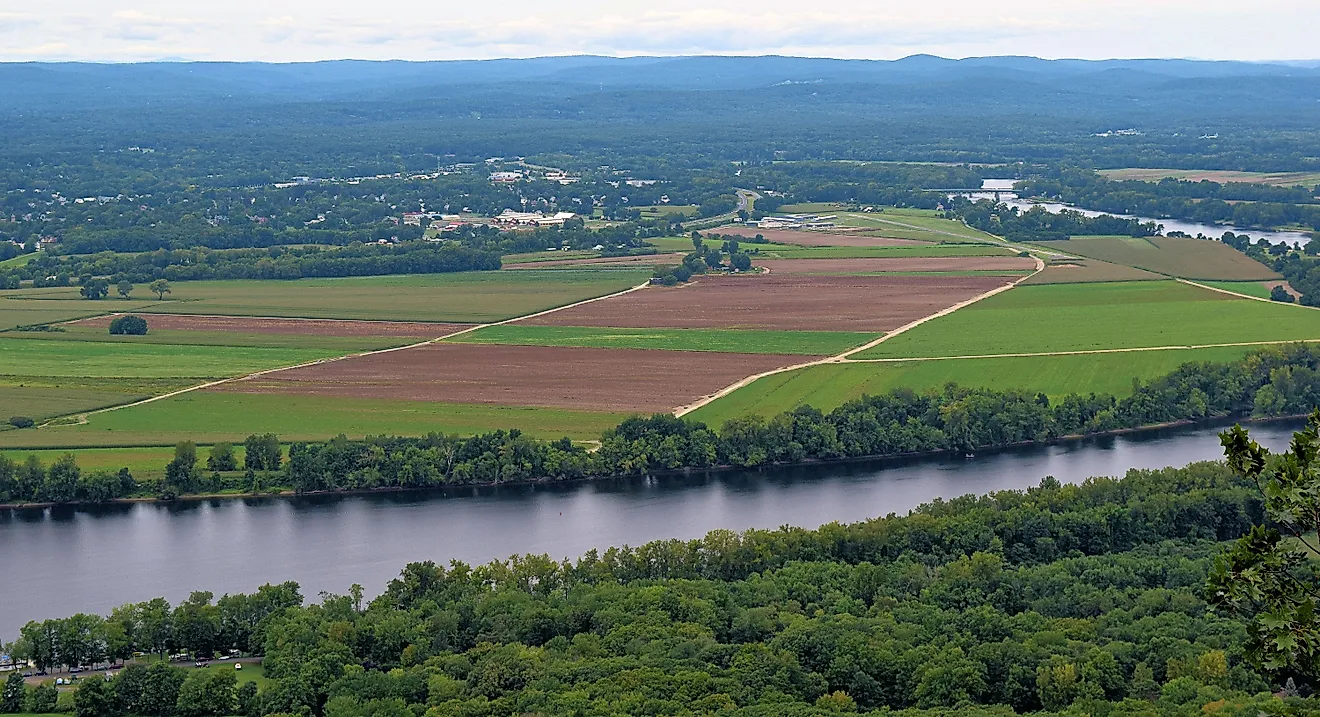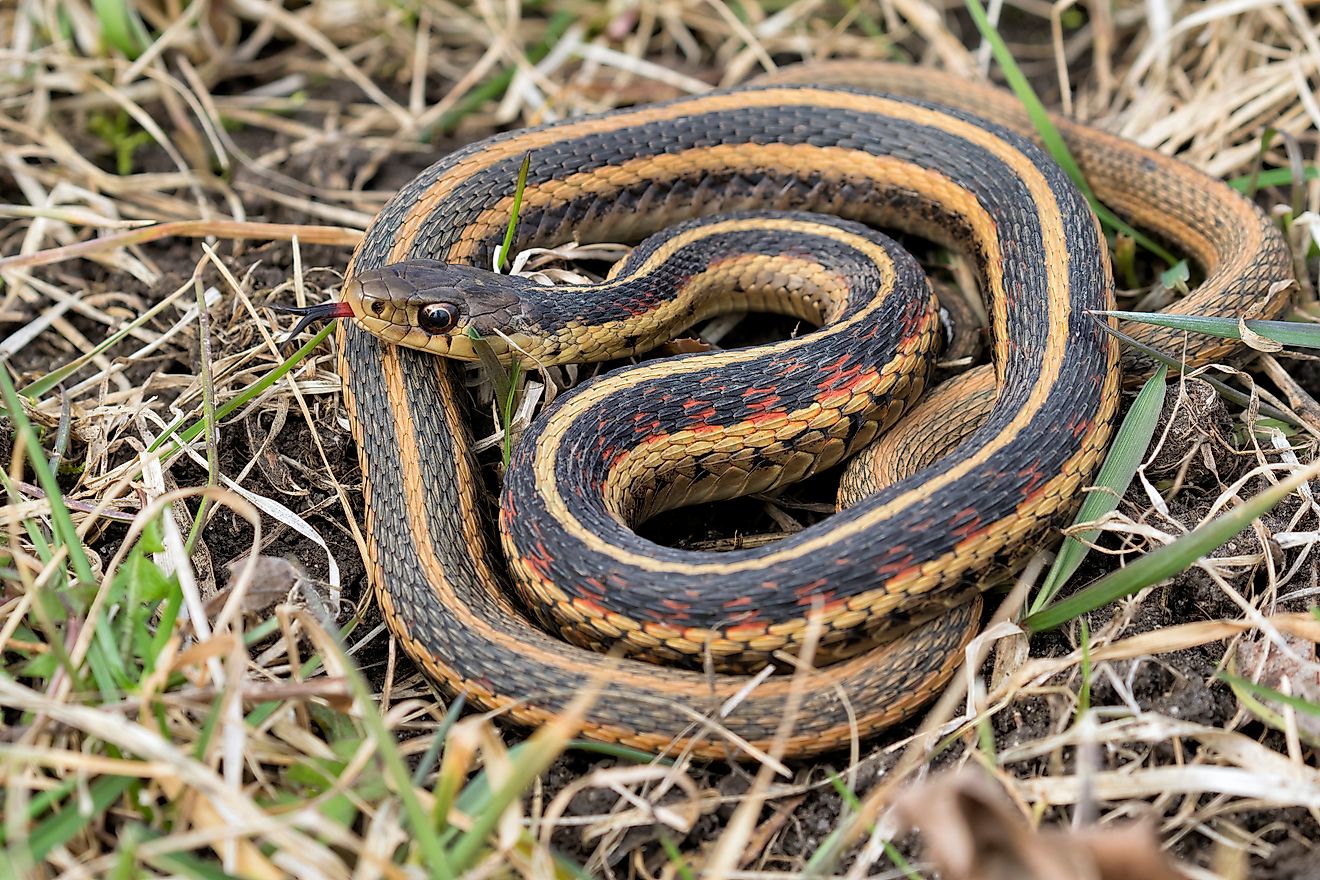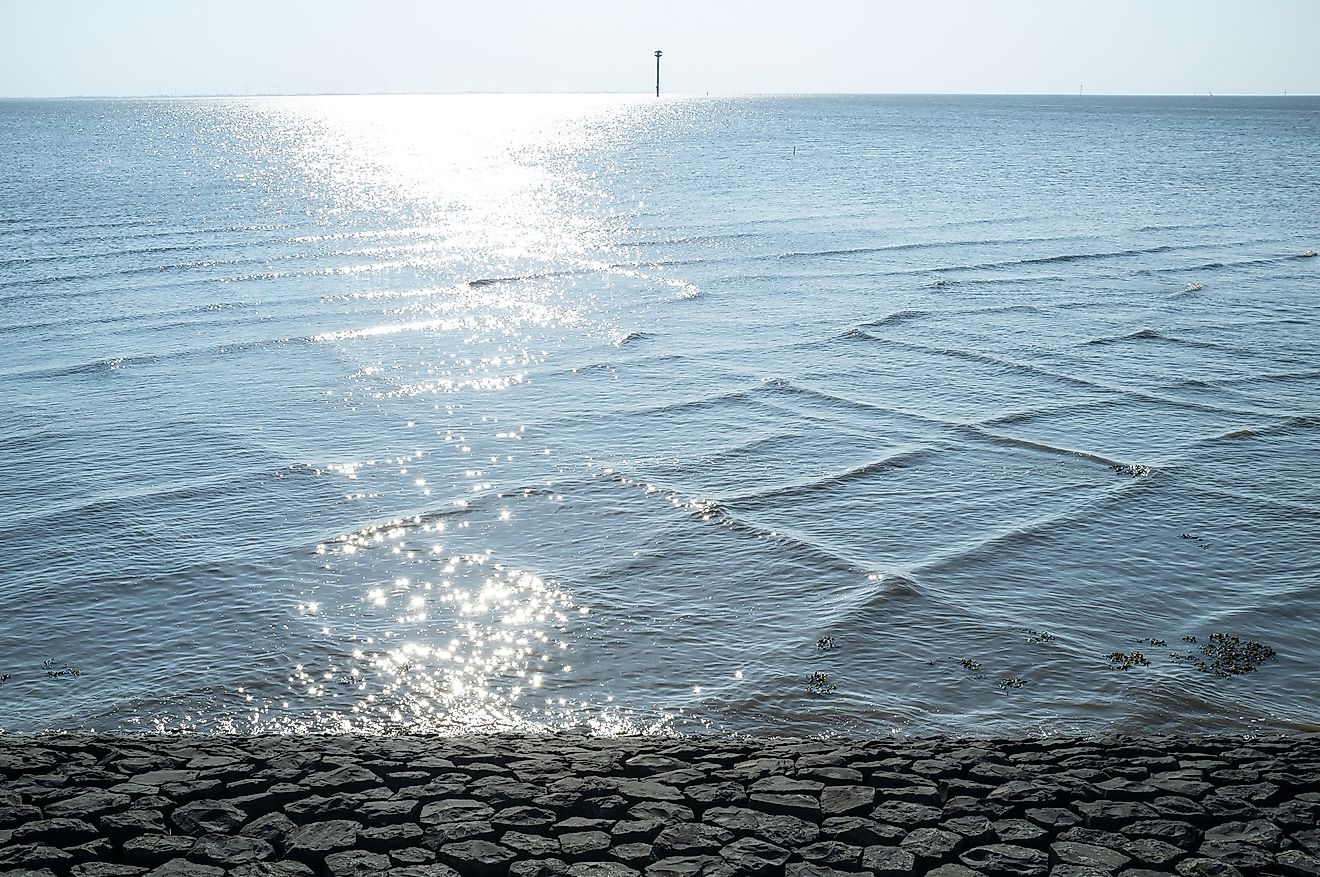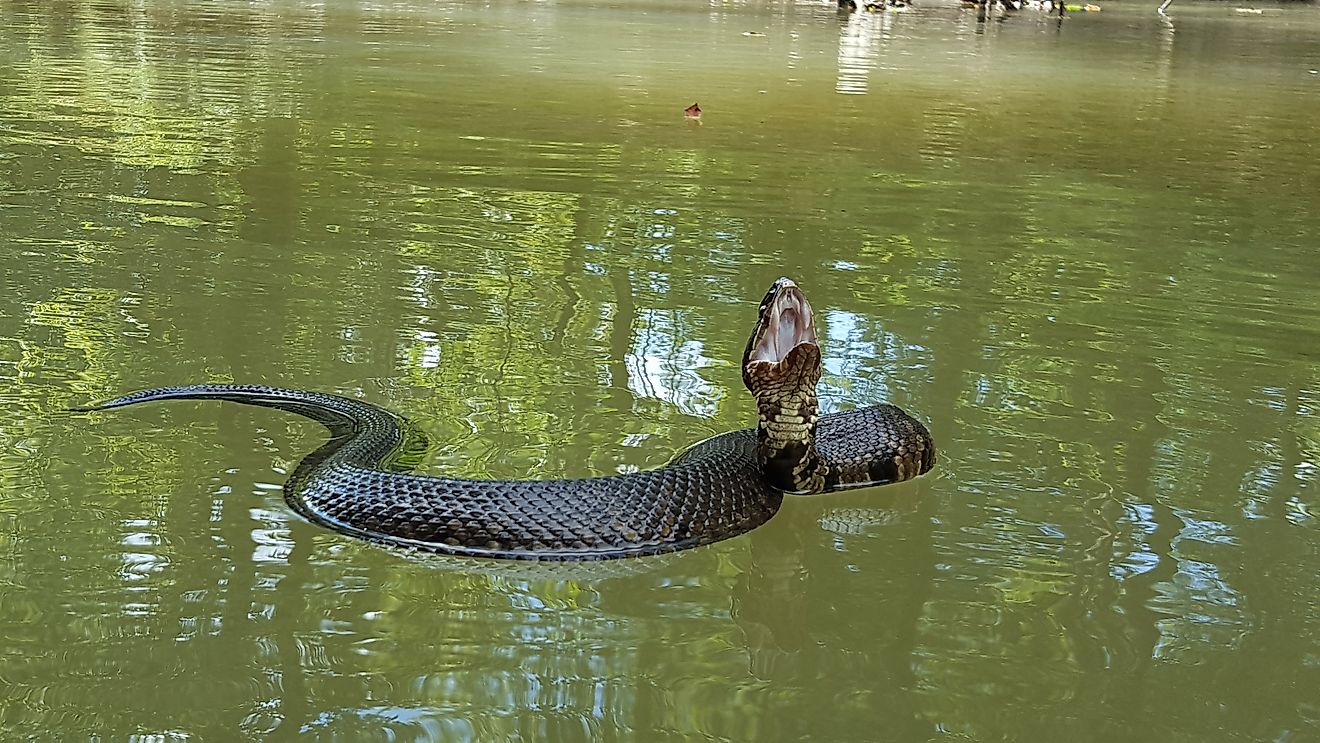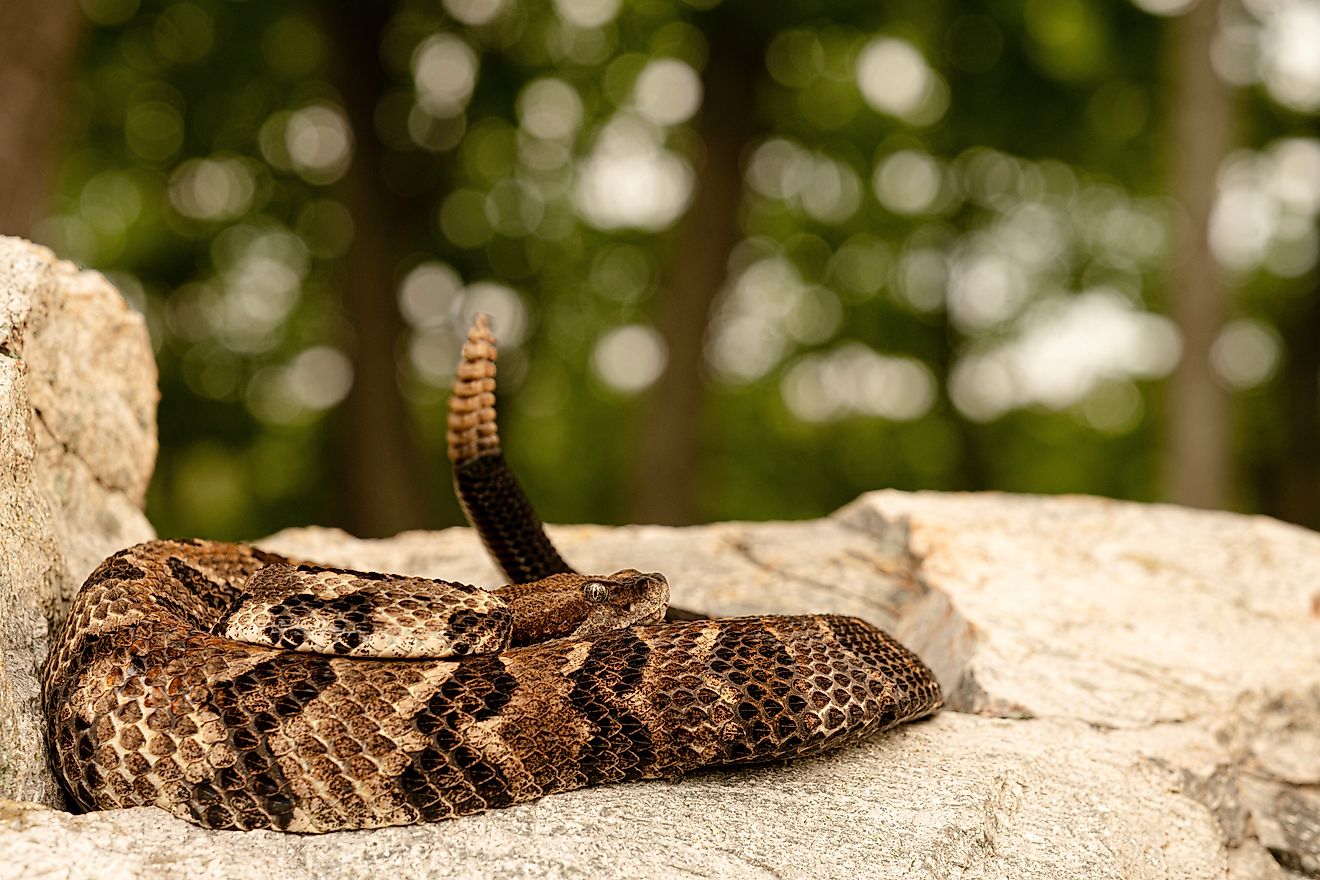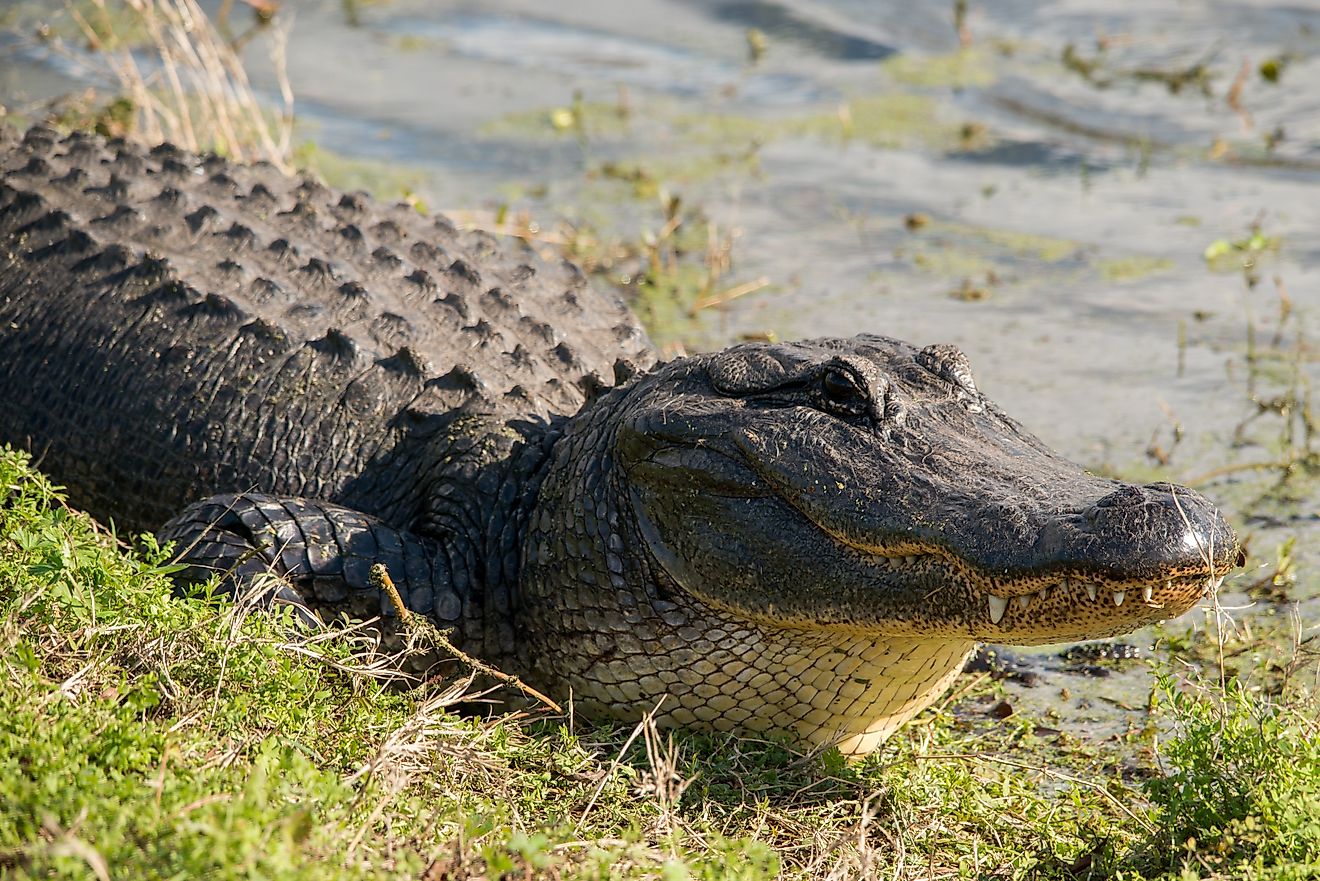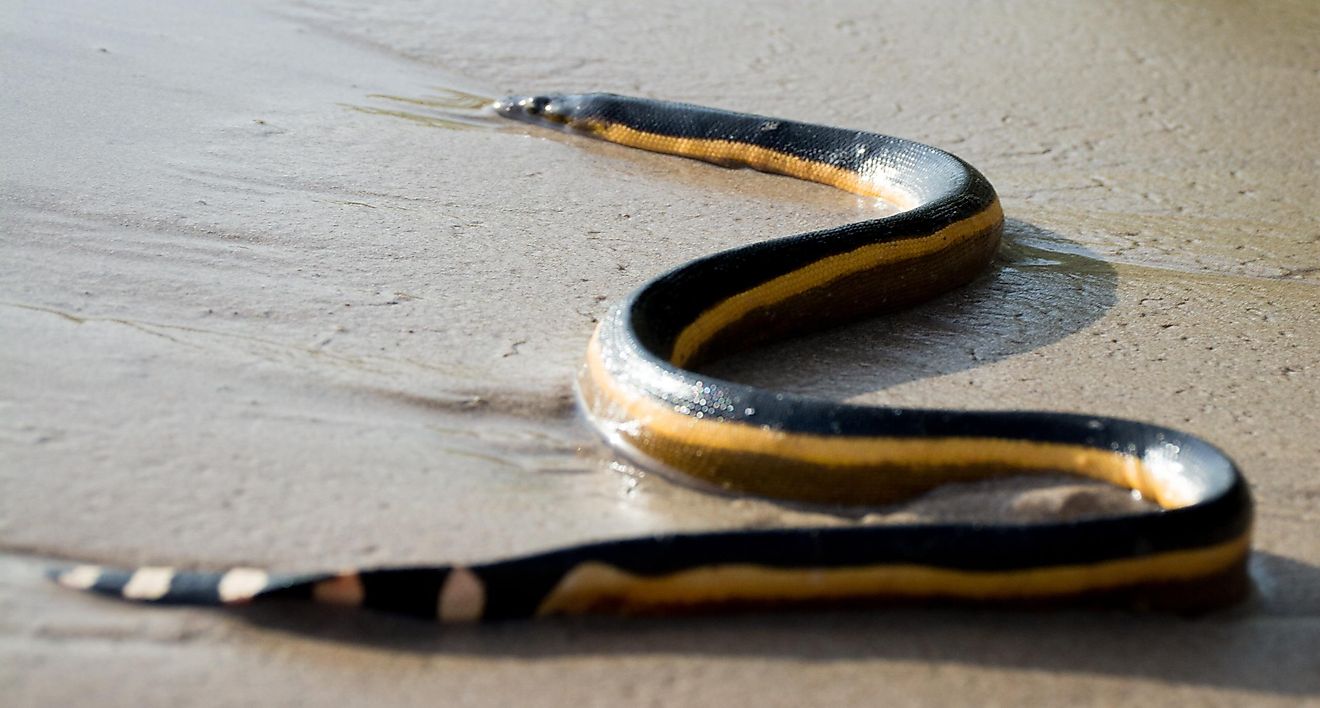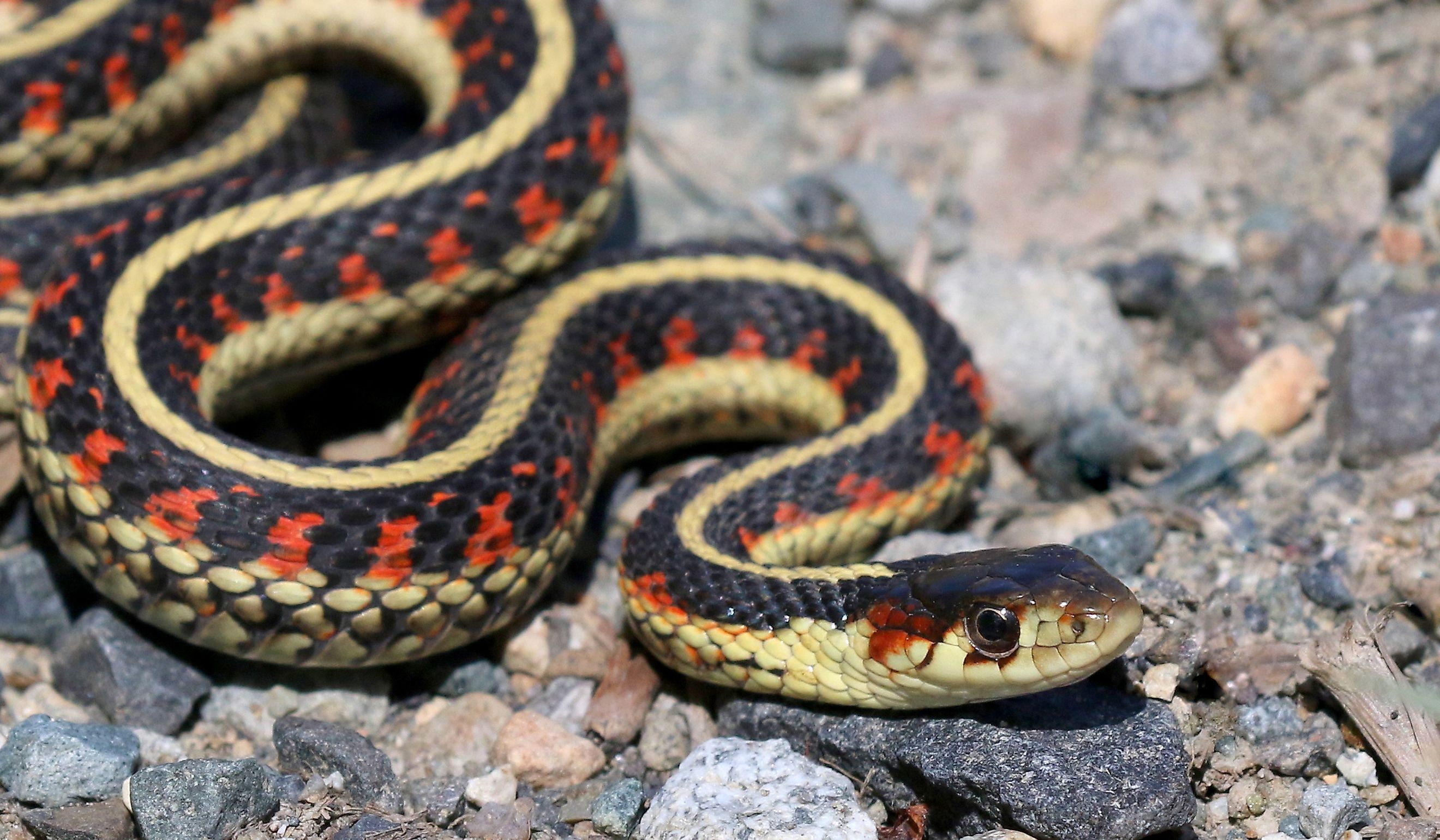
5 Most Snake-Filled Bodies Of Water In Montana
With scenic views of snow-capped rocky mountains and forests teeming with wildlife, Montana is often a destination high on the priority list of nature lovers everywhere. What those considering a visit to “Big Sky Country” may not have considered, though, is that the combination of a flourishing ecosystem with varied environments makes this state an ideal location for snakes. The thriving ecosystem offers numerous prey options, while the rock-strewn terrain, burrows, and caves found here provide the perfect habitats for snakes to hibernate through the winter months. With these ideal conditions in mind, several snake-filled bodies of water are found in Montana. Luckily, there are only 10 snake species native to Montana, with only one being venomous. Below are the five most snake-filled bodies of water in Montana where you should tread carefully when visiting.
Missouri River
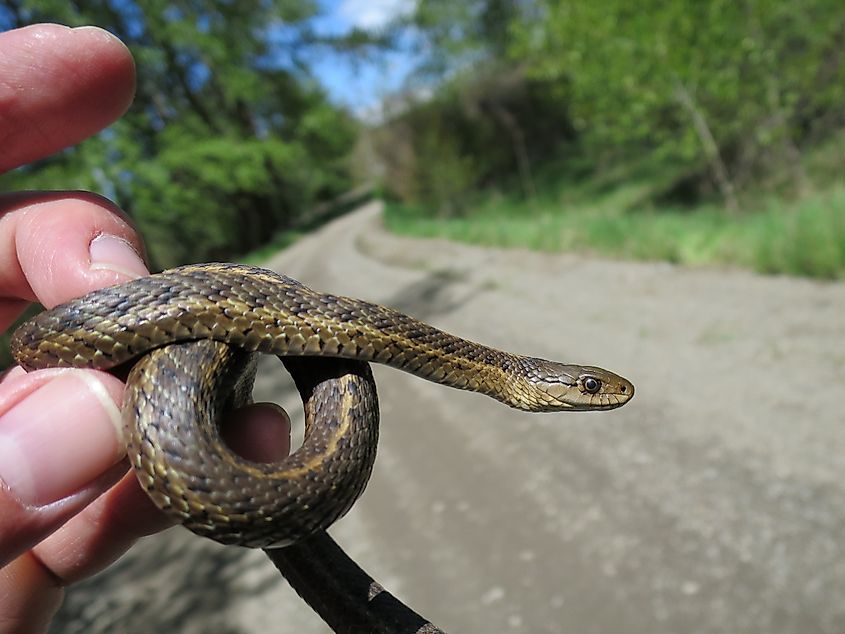
The Missouri River is the longest in North America, stretching over 2,000 miles and flowing through ten different states. The river originates in the Rocky Mountains, where three separate rivers (the Jefferson, Gallatin, and Madison) combine to create the Missouri. The marshlands surrounding the river are attractive to snakes for several reasons, including the ability to hide from predators and regulate their body temperature. Additionally, the thriving ecosystem surrounding the Missouri River provides access to a wide range of food options. These factors create an irresistible draw for our serpentine friends, making snake sightings a regular occurrence around the Missouri River.
Some of the snakes commonly found in this area are the Western Terrestrial Garter Snake (Thamnophis elegans) and the Eastern Yellow-bellied Racer (Coluber constrictor flaviventris). Both of these snakes have very distinct features, making them easily identifiable to those who encounter them. The Western Terrestrial Garter Snake can be recognized by its distinctive dorsal stripe, which is typically yellow, orange, or white. The Eastern Yellow-bellied Racer, on the other hand, has very smooth and sleek-looking scales and is generally olive-green to greyish-green in colour, with bright yellow on its undersides. They move very quickly and are known to vibrate their tails or release an unpleasant aroma if they feel threatened. The Prairie Rattlesnake (Crotalus viridis), the only venomous snake species found in Montana, is also found at the Missouri River. This one can be identified by the rattle on its tail and by tan colouring with several darker spots on the body. It often prefers rocky areas, so tread carefully when exploring rockier terrains near the river.
Yellowstone River
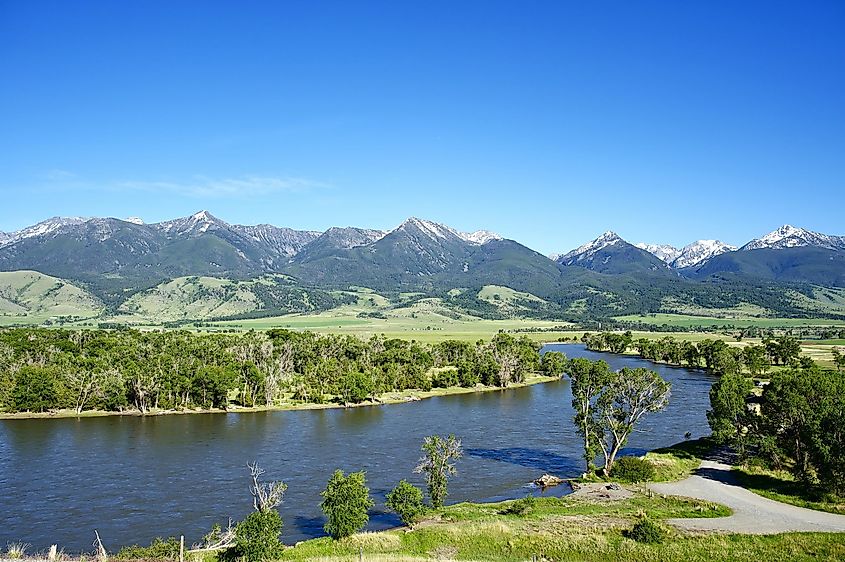
The longest undammed river found in the United States, the Yellowstone River is 692 miles of free-flowing water. Although the river originates in Wyoming, it flows across a significant portion of Montana before joining the Missouri River. The river is rich in history, having been originally explored by the famous explorer Captain William Clark in 1806. It’s also an attraction for wildlife enthusiasts, with the lure of potential sightings of grizzly bears and bald eagles often found near the riverbanks. The river has a thriving ecosystem, and as an essential part of any ecosystem, this means snakes are also frequently seen slithering both in and near the Yellowstone River.
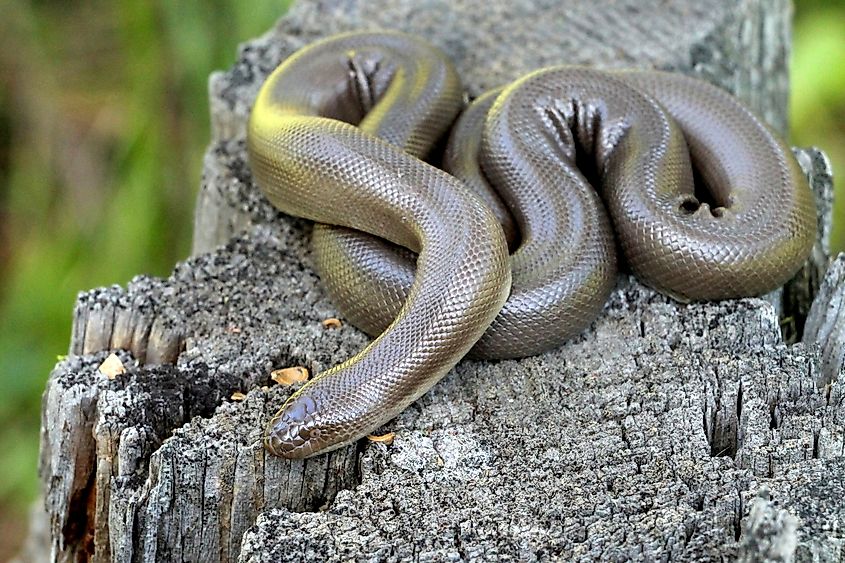
Some of the snakes that you will find here are the Rubber Boa (Charina bottae) and the Bullsnake (Pituophis catenifer sayi). Both of these are nonvenomous; however, the Bullsnake can often be mistaken for a rattlesnake because of its similar appearance in patterns and colours found on its scales. It can become very defensive when it feels threatened and has a rattle on its tail, similar to that of a rattlesnake, which it vibrates as a warning.
The Rubber Boa is a highly distinctive species of snake, easily identifiable by its tube-like body, small size, and the unique texture of its scales. As can be guessed from the name, the Rubber Boa has scales that feel similar to rubber, a fascinating natural phenomenon, which can be grey, olive green, tan, or brown in colour. These snakes are not aggressive and are considered slow-moving and docile.
Clark Fork River
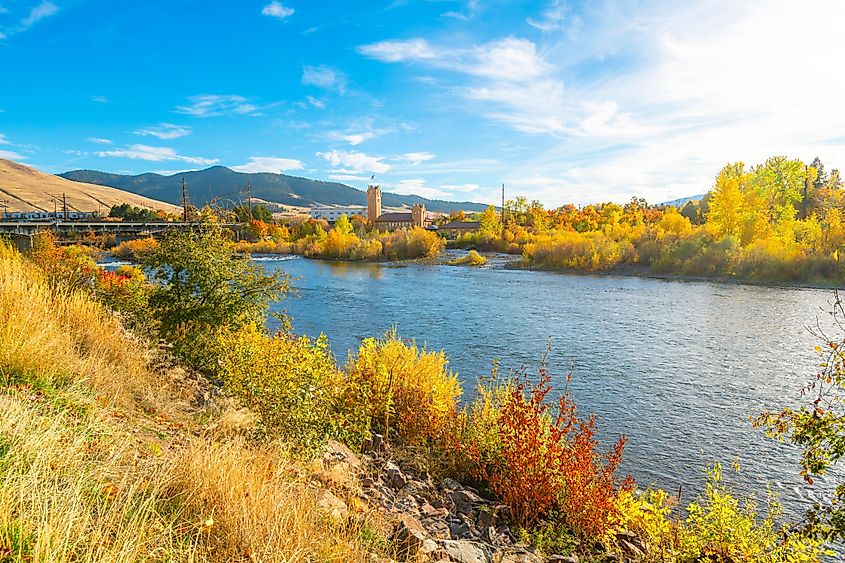
Ranked as the 7th longest river in Montana and the largest in terms of water volume, the Clark Fork River is known for supporting several ranching operations and as a fisherman's paradise. Formed by the convergence of Silver Bow and Warm Springs Creek, the Clark Fork River begins near the city of Butte, Montana. The river is an important piece of Montana’s ecosystem, providing resources for 35 mammal species, 230 bird species, and several fish species. Where mammals are found, snakes are often attracted due to the presence of prey animals, which means they are also frequently spotted near the Clark Fork River.
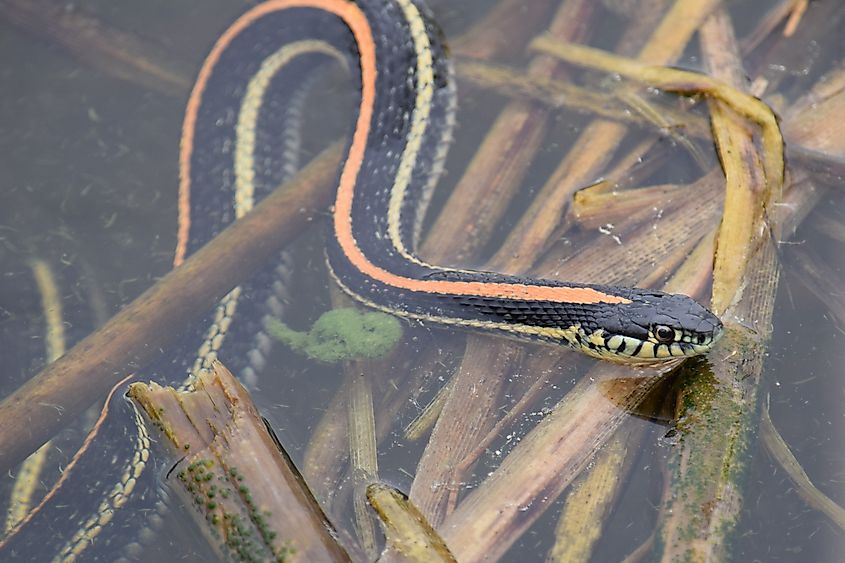
Here, you are likely to spot the Plains Garter Snake (Thamnophis radix) and Bullsnakes. This type of snake is considered a non-venomous semi-aquatic species, meaning it is very comfortable swimming in water and is typically spotted either swimming in rivers or along their banks. This snake type is very non-confrontational, and when threatened, it prefers to flee rather than strike. The typical colouring of the Plains Garter Snake is black, brown, or olive green, with a yellow or orange dorsal stripe, and two lighter yellow or greenish-yellow stripes down each side. Although the venomous Prairie Rattlesnakes are seen here as well, they are much less common than the Bullsnakes. Keep in mind that if you encounter one and are unsure, you can often tell the difference between them by the coloring and shape of the head. The Prairie Rattlesnake has a triangular head, usually a darker coloring than the rest of the body, while the Bullsnake has a narrow head that blends in with the rest of its coloring.
Flathead River
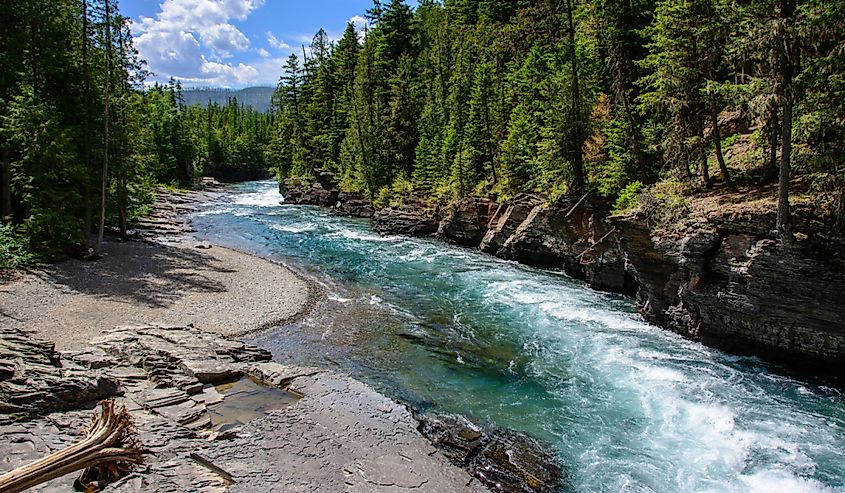
Originating in the Canadian Rockies and flowing southwest into Montana, the Flathead River is part of the Columbia River Basin. The Flathead River possesses many unique characteristics, including being a crucial contributor to the migration of fish species. It also supports a diverse array of native plant communities, such as sagebrush and cottonwood groves. There are three forks of the Flathead River: the North Fork, the South Fork, and the Middle Fork, which are part of one of the largest intact ecosystems in the United States. This impressive ecosystem provides an excellent habitat for the endangered Grizzly Bear and the Lynx, but also provides the perfect shelter and prey options for snakes.
At Flathead River, you can find 6 out of 10 of the snake species found in Montana. The most common ones sighted are the Western Terrestrial Garter Snake and the Common Garter Snake, both of which are considered semi-aquatic. The Northern Rubber Boa can also be spotted here, hiding under logs and rocks, although it spends most of its time underground. There have also been recent sightings of the venomous Prairie Rattlesnake around the Flathead River, particularly in shady areas to the north. You will want to keep your eyes open, especially when walking in the wetlands near the river or swimming in the water, for these scaly friends, being particularly careful of your step if you hear the telltale rattle of the Prairie Rattlesnake.
Nelson Reservoir
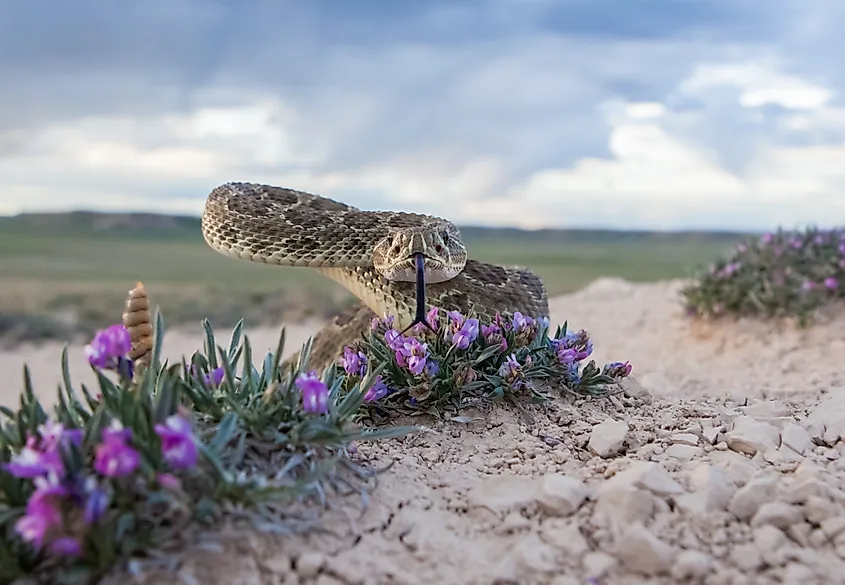
This man-made reservoir was created initially in 1914, with the distinct purpose of contributing to local agriculture through irrigation. It was created by damming a portion of the Milk River, and was later enlarged in 1921. Though initially designed to benefit agriculture, today it has become a hotspot for fishing (both in the warmer months and for ice fishing in the winter), and for nature lovers with a campground, picnic area, and concrete boat ramp for visitors to enjoy. The reservoir has also become popular for an additional reason, though: it’s one of the most snake-infested bodies of water in Montana.
One of the most common snakes in this area is the venomous Prairie Rattlesnake, which is typically found in dry, open regions near the reservoir. Although they prefer these drier areas, they have often been seen swimming across the river, using it as a form of travel from one point to another. This means you will need to watch your step on the shore, but also keep one eye open in the water, despite the species not being a semi-aquatic snake. Some of the other common species sighted here are both the Common and Western Terrestrial and Plains Garter snake species.
Nearly one-third of the world’s population has a fear of snakes, making them one of the most common phobias on the planet. Although there is often considerable fear surrounding these creatures, one thing is undoubtedly true: snakes are an integral part of any ecosystem. The presence of snakes can frequently indicate a healthy ecosystem, as they contribute to pest control, serve as prey for wildlife such as foxes and hawks, and in some cases, even help aerate the soil. The vast majority of snakes in Montana tend to avoid human contact, biting only when provoked or threatened. Even the one venomous snake in Montana, the Prairie Rattlesnake, would much prefer to flee rather than strike unless cornered. With this perspective in mind, be respectful and cautious when encountering snakes, as they are often far more afraid of you than you are of them.
